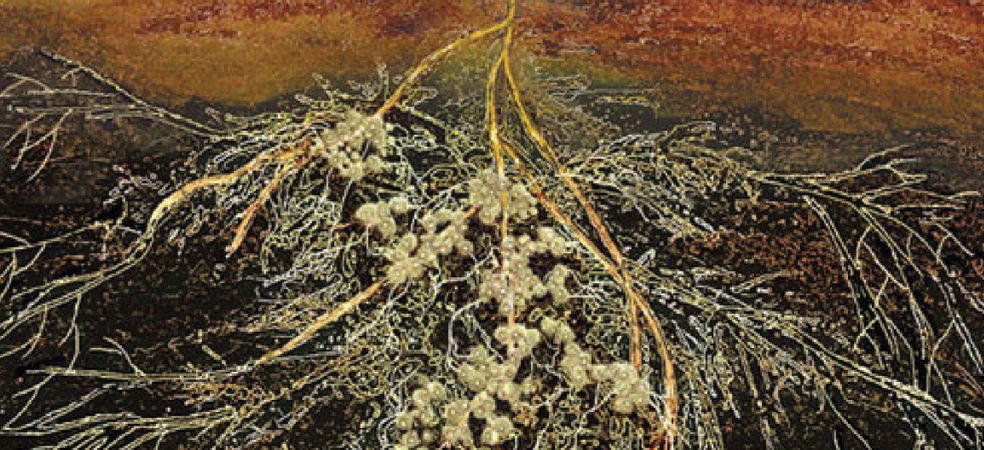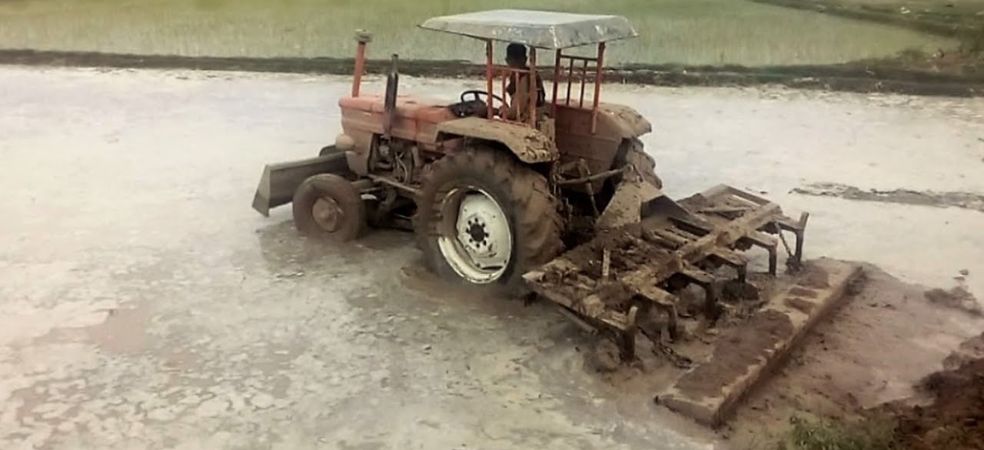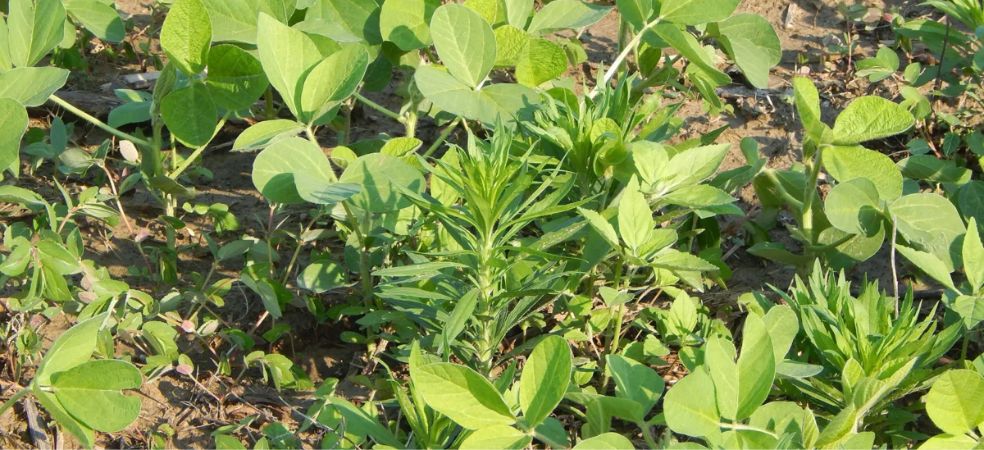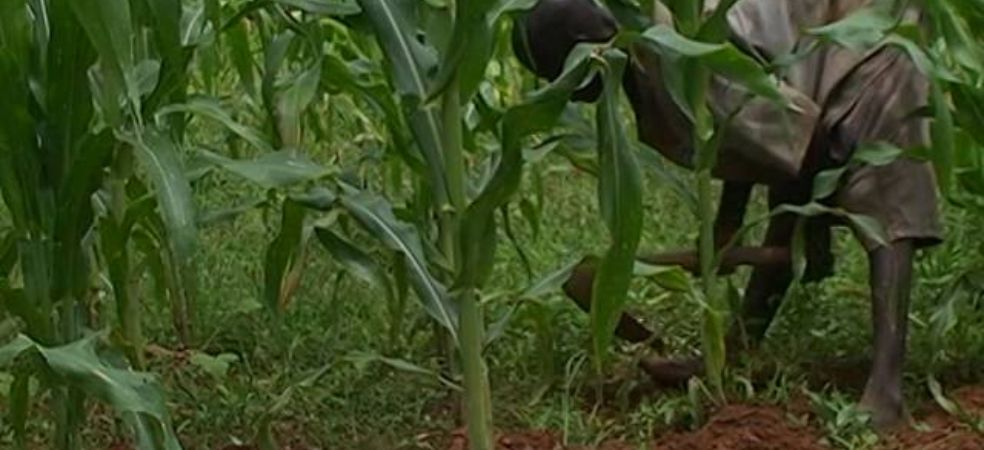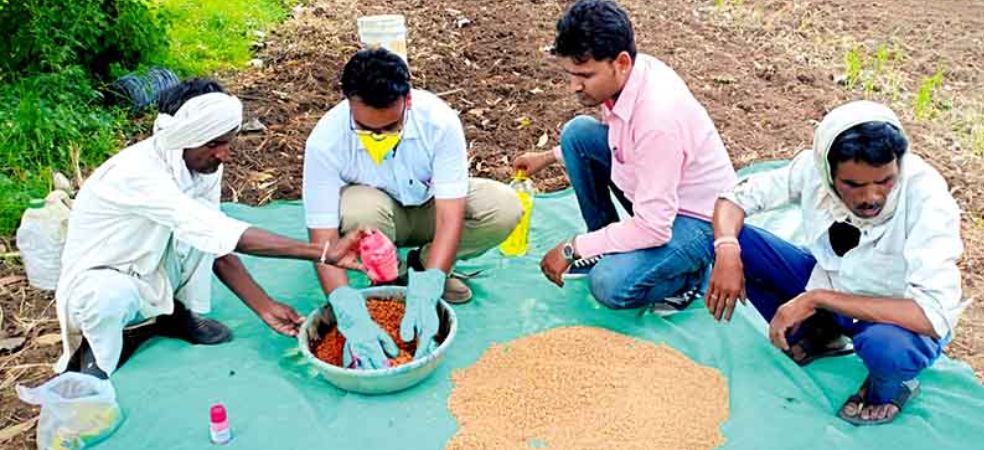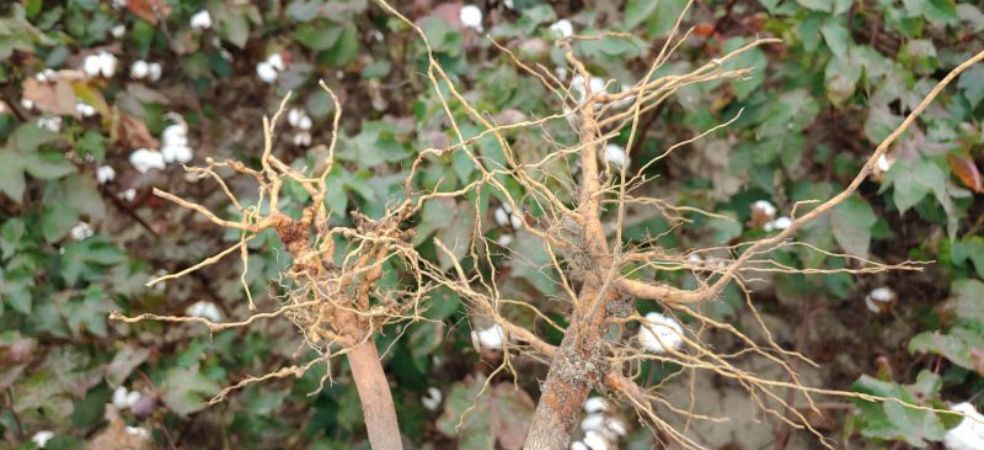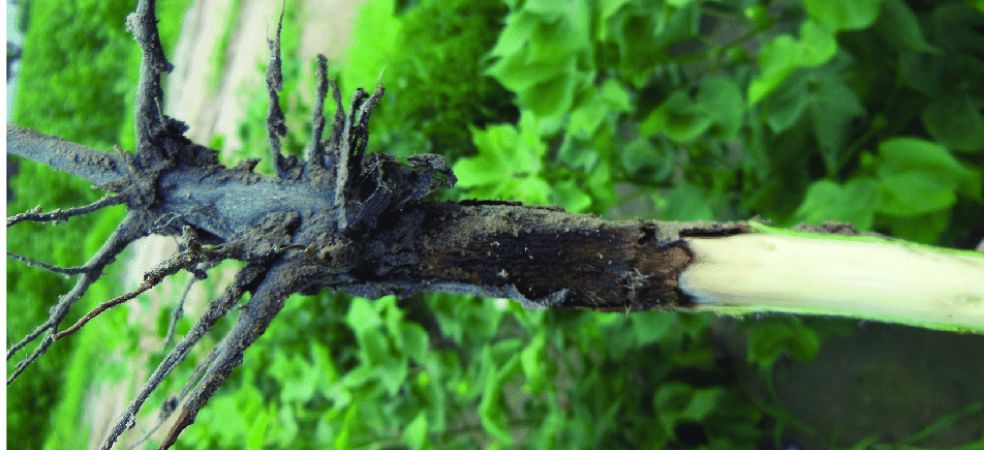Fertigation is a method of fertilizer application in which fertilizer is incorporated within the irrigation water by the drip system. In this system fertilizer solution is distributed evenly in irrigation. The availability of nutrients is very high therefore the efficiency is more. In this method, liquid fertilizer as well as water-soluble fertilizers are used. By this method, fertilizer use efficiency is increased from 80 to 90 per cent.
Advantages of fertigation
-
Nutrients and water are supplied near the active root zone through fertigation which results in greater absorption by the crops.
-
As water and fertilizer are supplied evenly to all the crops through fertigation there is the possibility of getting a 25-50 per cent higher yield.
-
Fertilizer use efficiency through fertigation ranges between 80-90 per cent, which helps to save a minimum of 25 per cent of nutrients.
-
In this way, along with less amount of water and saving of fertilizer, time, labour and energy use is also reduced substantially.
ShareFor such important information related to the agriculture sector and farmers, do read Gramophone articles daily. If you liked today’s information then don’t forget to share.



